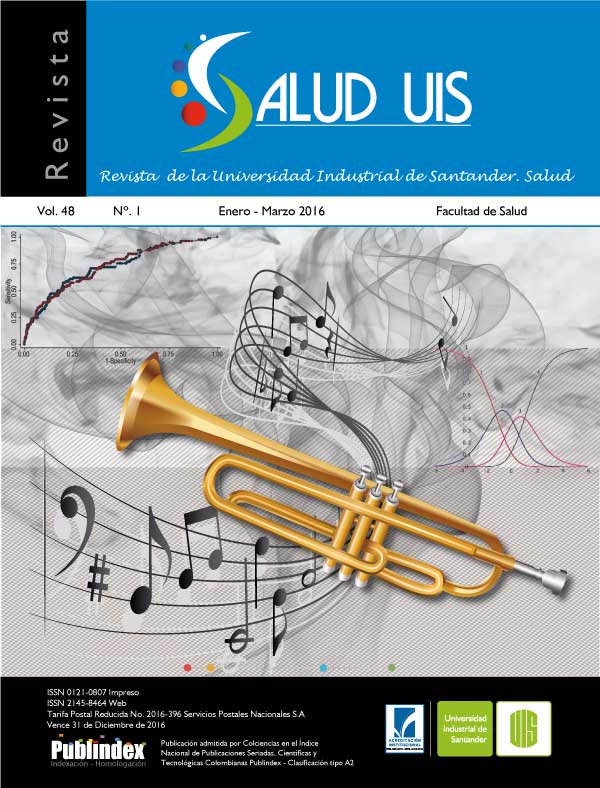Abstract
Introduction: Dynamic systems theory provides quantitative measures of evolution of systems by building attractors. Spatial occupation measures of cardiac attractors in fractal Box Counting space differentiated normality and chronic disease from acute illness. Objective: To apply the developed methodology to evaluate mathematically the cardiac status of Holter with different pathologies, confirming the applicability of this methodology for the detection of acute dynamic by statistical measures of agreement regarding the Gold Standard. Methodology: 170 Holter, including normal, chronic and in acute states were evaluated. Simulations were constructed the entire dynamic based on the number of beats and the minimum and maximum frequencies every hour for 21 hours, to build attractors in the phase space. The fractal dimension of attractors is calculated, evaluating the spatial occupation in the Box Counting space, establishing which corresponds to normal setting and acute disease in accordance with previous mathematical results. Mathematical diagnosis was compared with conventional diagnostic Holter, taken as the Gold Standard, setting sensitivity, specificity, positive and negative predictive value and Kappa coefficient. Results: The fractal dimension failed to show quantitative differences while the methodology detected in all cases normal dynamics and acute state independently of the disease, achieving sensitivity, specificity, positive and negative predictive value of 100% and a Kappa 1. Conclusions: the ability of the physical-mathematical methodology to detect acute dynamic regardless of the associated pathology was confirmed, as well as an acausal self-organization of the system dynamics, which allows for assessment of clinical applicability measures.
Se autoriza la reproducción total o parcial de la obra para fines educativos, siempre y cuando se cite la fuente.
Esta obra está bajo una Licencia Creative Commons Atribución 4.0 Pública Internacional.
